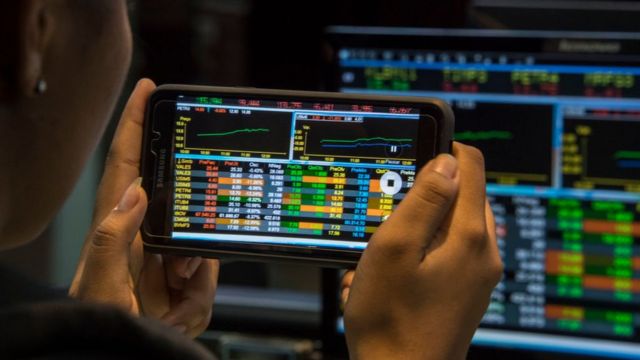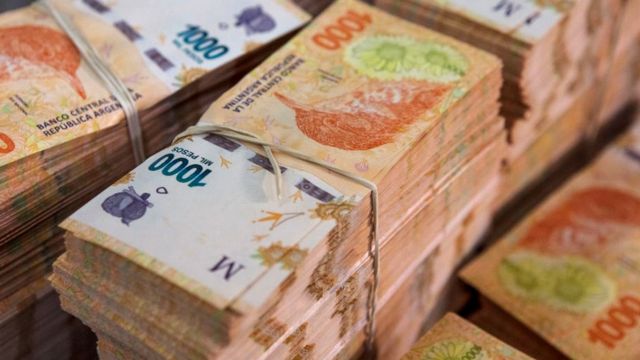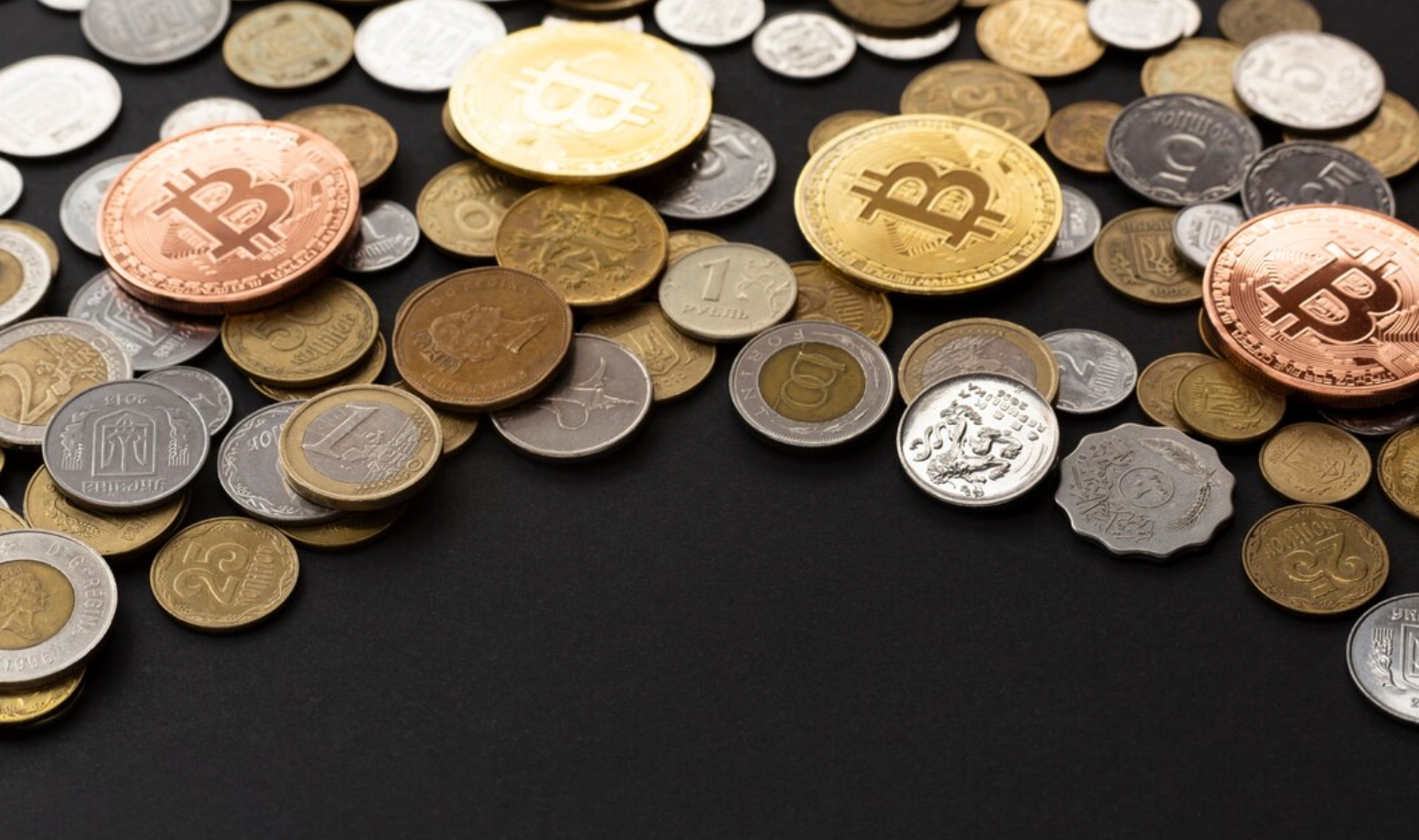This year the currencies of the largest Latin American economies have suffered sharp falls against the dollar amid a complex economic recovery after the 2020 recession derived from the covid-19 pandemic.
“Currencies in Latin America have performed much worse than others in the emerging world this year, with the notable exception of Turkey,” Nikhil Sanghani, an economist specializing in Latin America at British consultancy Capital Economics, tells BBC Mundo.
Precisely, if it were not for the devaluation of the Turkish lira (-46%), Latin America would be leading the losses of other emerging economies.
This downward trend occurs despite the general recovery in commodity prices, the economic recovery of countries, and interest rates in most Latin American economies this year.
One of the reasons for this phenomenon is that there is a wave of political changes and uncertainties that are affecting the foreign exchange market.
“Fiscal political risks have had a great impact on the currencies of the region,” says Sanghani.
Especially in the current context in which countries had to increase fiscal spending to face the social effects of the pandemic and governments’ increased public debt.
Uncertainty and expectations
For example, the expert points out, in Brazil and Colombia, there are concerns about the fiscal situation since the governments of both countries have moved away from their original austerity plans.
In other countries, such as Peru and Chile, investors are concerned about the uncertainty generated by political changes.
While in Peru the details of the economic policies that President Pedro Castillo will promote during his term are still unknown, in Chile there is uncertainty regarding what the new Constitution that the country will approve next year will be like and the outcome of the elections next 19 from December.
However, as foreign exchange markets are highly volatile (constantly rising and falling), any change in domestic or external conditions can transform projections.
In practice, when there is a good flow of the dollar in the market of a country, its price is reduced. The same thing happens the other way around. When there is a shortage in the circulation of the dollar, the value rises.
So far this year, the currencies of the six largest economies in the region have suffered sharp falls, amid an increase in interest rates promoted by the central banks (the body in charge of the countries’ monetary policy) to control inflation.

In Argentina, the local currency has fallen 17%, in Chile 15.7%, and in Colombia 13.4%, according to data from Capital Economics.
The list is completed by Peru with a fall of 11.2%, followed by Brazil with a decrease of 8.7%, and Mexico with a decrease of 6.2%, as shown in the following comparative table.
What happens when the currency of a country goes down?
When the dollar rises, imports become more expensive, not only for households but also for companies, since the national currency has a lower value than the foreign currency.
This causes inflation to tend to rise because imported items and domestic products with imported inputs become more expensive.
The money families live with remains the same, but it has lost value internationally.

The interest payment on the country’s foreign debt in dollars also rises.
On the other hand, among those who benefit are exporters, since they can sell their products at more competitive prices in the international market.
So does the tourism sector by becoming more attractive to foreign travelers.
And those who receive remittances in dollars will see their income multiplied automatically.
The strange case of Turkey
The country that has caused the most surprise this year with the collapse of its currency in Turkey.
The lira hit record lows in recent days, but President Recep Tayyip Erdogan is pushing ahead with his “war of economic independence”, backed by low-interest rates.

The simple reason for the collapse of the Turkish lira is Erdogan’s unorthodox economic policy of keeping interest rates low to boost Turkey’s economic growth and export potential with a competitive currency, explains Ozge Ozdemir, a journalist with BBC Turkey.
For many economists, if inflation rises, it is controlled by raising interest rates. But Erdogan has decided to go the opposite path.
The country’s economy relies heavily on imports to produce goods, from food to textiles, so the rise in the dollar against the lira has a direct impact on the price of consumer products.
Inflation in Latin America
The loss of value of currencies is closely related to inflation, which has been skyrocketing in several countries around the world.
“Latin America will be the region with the highest inflation on the planet this year,” Juan Carlos Martínez, professor of economics at IE Business School, Spain, told BBC Mundo a few weeks ago.

“What we see is a perfect storm,” he added because elements such as the depreciation of Latin American currencies, a global context of high liquidity, traffic jams in the supply chains, an increase in the price of food and energy, together with a strong recovery in consumption.
Just take a look at what is happening in the largest economies in the region: the cost of living in Argentina has skyrocketed to rise by 52.1%, while in Brazil it rose 11.1% and in Mexico 6.2% in October, about the same month of the previous year.





